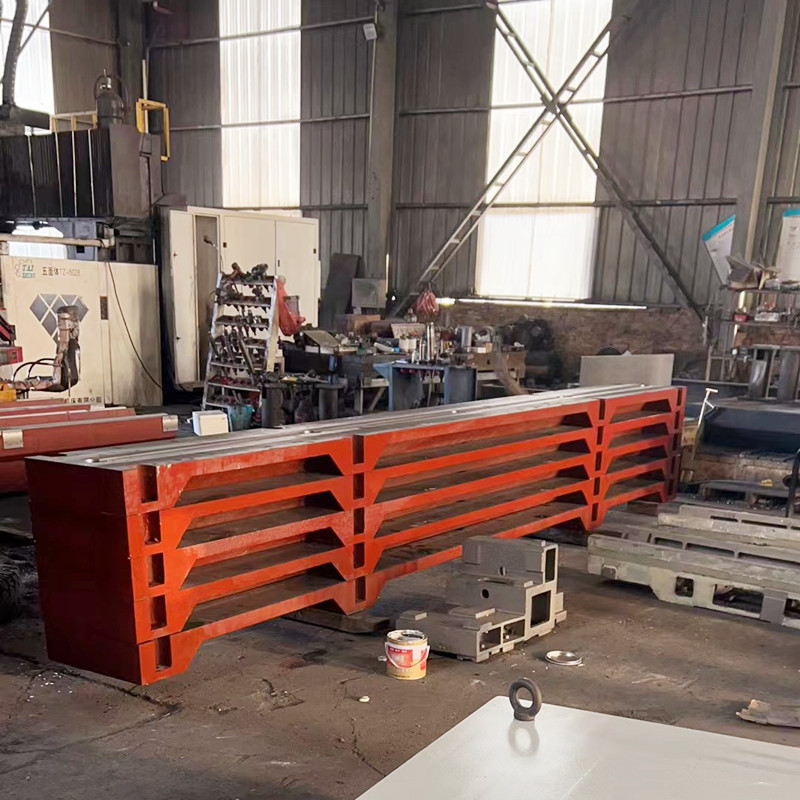Novemba . 05, 2024 06:49 Back to list
different types of ball valves
Different Types of Ball Valves A Comprehensive Overview
Ball valves are crucial components in various industrial applications, used to regulate the flow of liquids and gases. Their design and functionality offer significant advantages, making them a popular choice across different sectors, including oil and gas, water treatment, chemical processing, and HVAC systems. In this article, we will explore the different types of ball valves, discussing their features, applications, and benefits.
1. Full-Bore Ball Valves
Full-bore ball valves are designed with a ball that has a hole through its center, allowing for an unobstructed flow when the valve is open. This type of valve provides minimal pressure drop and is ideal for applications requiring high flow rates. Full-bore ball valves are commonly used in water supply systems, oil and gas pipelines, and various industrial processes where maximum flow efficiency is necessary.
Advantages - Minimal pressure loss - High flow coefficient - Suitable for cleaning and maintenance
2. Reduced-Bore Ball Valves
Reduced-bore ball valves have a smaller ball and a corresponding diameter than the pipeline. This design results in a reduced internal diameter, which can lead to higher pressure drops and a slight decrease in flow capacity compared to full-bore models. However, they are often more compact and lighter, making them suitable for applications where space and weight are critical.
Advantages - Compact design - Lightweight - Cost-effective for certain applications
3. Trunnion-Mounted Ball Valves
Trunnion-mounted ball valves feature a ball that is supported by trunnions (fixed shafts) on the top and bottom. This design allows for better sealing and less wobble during operation, making it suitable for high-pressure applications. Trunnion-mounted ball valves are often used in the oil, gas, and chemical industries where they can handle high pressures and larger sizes.
Advantages - Better sealing under high pressure - Higher torque transmission - Suitable for larger pipe sizes
4. Floating Ball Valves
In floating ball valves, the ball is not fixed and is allowed to float within the valve body. When the valve is closed, the ball is pushed against the seat by the fluid pressure, ensuring a tight seal. This type of valve is commonly used in lower pressure applications and is favored for its simplicity and reliability.
different types of ball valves

Advantages - Simple design with fewer parts - Reliable sealing - Cost-effective for low to medium pressure systems
5. Plastic Ball Valves
Plastic ball valves are made from various types of plastics, including PVC, CPVC, and PVDF. These valves are highly resistant to corrosion, making them ideal for working with aggressive chemicals or in environments that would damage metal components. Plastic ball valves are commonly used in swimming pools, chemical processing, and food industry applications.
Advantages - Corrosion-resistant - Lightweight and easy to install - Cost-effective for corrosive applications
6. Electric and Pneumatic Ball Valves
Electric and pneumatic ball valves are equipped with actuators that allow for automated opening and closing. This automation is especially useful in processes requiring remote operation or in systems that need to be controlled precisely. Electric actuators offer precise control and are often used in applications requiring frequent adjustments, while pneumatic actuators are suitable for faster operation speed.
Advantages - Remote operation capabilities - Increased efficiency and control - Reduces manual labor and operator error
7. Three-Way Ball Valves
Three-way ball valves have three ports, allowing for the diversion or mixing of fluid between two inlet connections. They are versatile and used in various applications, including heating systems, fluid handling, and process control. Depending on the application, three-way valves can be configured to either mix or isolate the flow.
Advantages - Versatility in applications - Ability to direct flow in multiple ways - Suitable for complex systems
Conclusion
Ball valves are an essential part of many industrial processes, offering various types tailored to specific needs. From full-bore to three-way configurations and from metal to plastic variants, each type has distinct benefits that make it suitable for different applications. Whether for high-pressure systems, chemical processing, or simple residential plumbing, understanding the various types of ball valves ensures that the right choice is made for optimal performance and reliability.
-
thread-plug-gauge-our-promise-of-measurement-excellenceNewsAug.22,2025
-
gauge-pin-class-reflecting-quality-legacyNewsAug.22,2025
-
check-valve-types-for-high-rise-buildingsNewsAug.22,2025
-
water-control-valve-for-irrigation-systemsNewsAug.22,2025
-
gate-valve-with-soft-seal-technologyNewsAug.22,2025
-
y-type-strainer-for-oil-and-gas-applicationsNewsAug.22,2025
Related PRODUCTS









